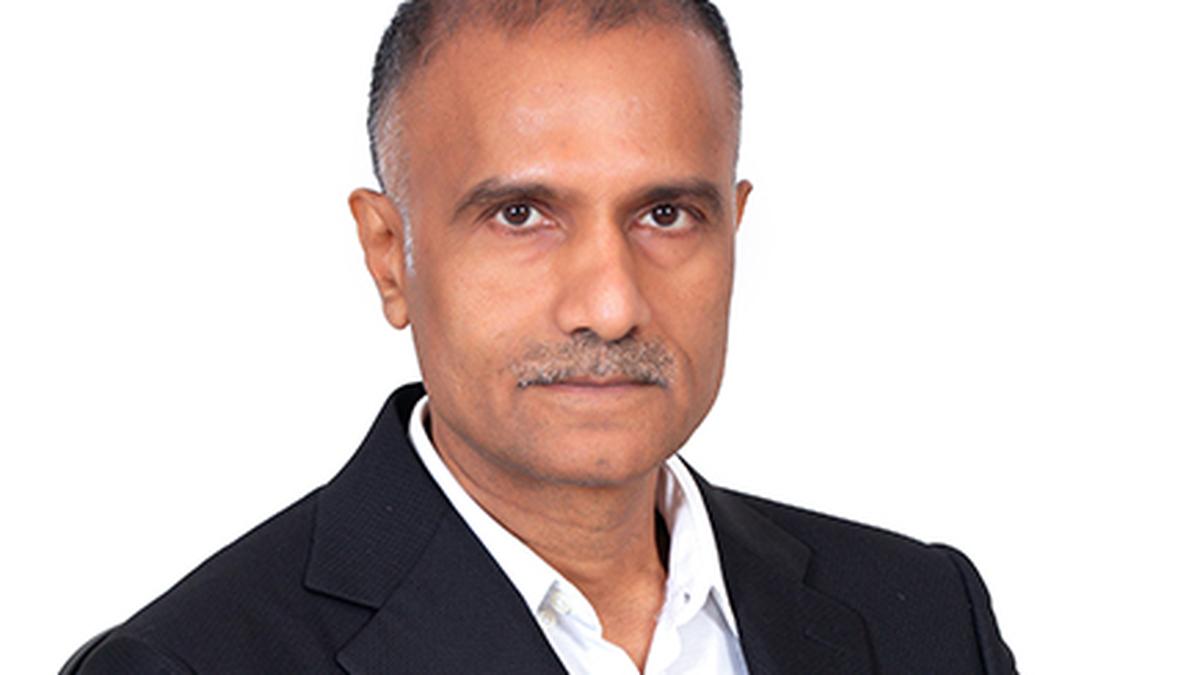The aluminium sector in India is experiencing significant growth, standing out amidst a global slowdown. The Indian government’s investment in infrastructure projects, such as railways, airports, and highways, has led to increased demand for aluminium. Housing construction and the auto industry in India are also booming, further driving demand for the metal. India is already the second-largest aluminium producer worldwide and the third-largest consumer. However, the country’s per capita aluminium consumption is relatively low, standing at only 3.1 kg compared to the world average of 12 kg and China’s 31.7 kg.
Nilesh Koul, CEO of Hindalco Industries Ltd, a major player in the Indian aluminium sector, highlighted the positive energy in India’s aluminium industry during the Fastmarkets aluminium conference in Barcelona. Koul, who returned to India after working abroad for five years, observed that many other expatriates are also moving back to India due to the significant opportunities in the sector.
While India’s aluminium sector offers great potential, it also faces challenges. One such challenge is project approvals, with delays often occurring. For example, Hindalco’s expansion project of a flat rolled products plant was delayed this year due to difficulties in recruiting skilled laborers. Out of the required 3,000 skilled workers, only approximately half could be recruited. This highlights the shortage of skilled labor in the industry and the need for the private sector to enhance training efforts.
Furthermore, maintaining quality standards is another challenge for the Indian aluminium sector. The industry must ensure that the materials produced meet international quality standards to effectively compete in the global market.
Despite these challenges, the future looks promising for the Indian aluminium sector. The demand for aluminium is expected to double over the next decade, reaching 9 million metric tons by 2033. The Indian government’s focus on infrastructure development, along with the thriving housing construction and auto industries, will continue to drive the growth of the aluminium sector.
In conclusion, India’s aluminium sector stands out as a bright spot in the global picture. The country’s growing infrastructure projects and industries, coupled with its increasing demand for aluminium, position it as a key player in the global aluminium market. However, addressing challenges related to project approvals, quality standards, and skilled labor shortages will be crucial for the sector’s sustained growth and success.










